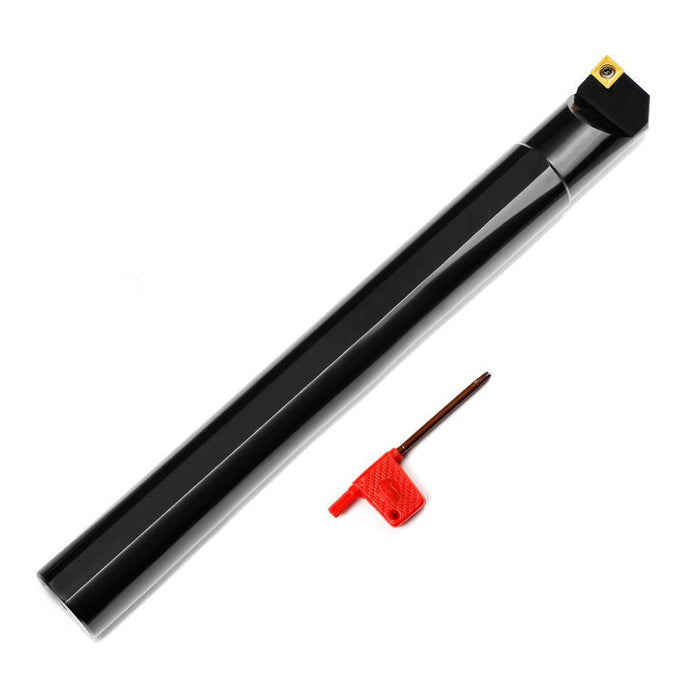Boring bars are essential tools in machining and metalworking processes, allowing for the precise enlargement of existing holes or the creation of new ones. These versatile tools come in various types, each designed for specific applications and machining requirements. In this article, we explore the three primary types of boring bars and their respective uses.
- Solid Boring Bars
- Indexable Boring Bars
- Brazed Boring Bars
Solid boring bars, as the name suggests, are made from a single piece of solid material, typically high-speed steel or carbide. They consist of a shank, which is held securely in the tool holder, and a cutting tip at the other end. Solid boring bars are known for their rigidity, providing stability and reducing chatter during the woodworking process.
Solid boring bars are commonly used for general-purpose boring operations. They are ideal for removing moderate amounts of material and creating accurate, straight holes. Solid bars can handle a wide range of materials, from soft metals to harder alloys. They are available in various lengths and diameters to accommodate different workpiece sizes and hole depths.
Indexable boring bars, also known as insert-type boring bars, feature replaceable cutting inserts. These inserts are held in place by a clamping mechanism, allowing for easy replacement once they become dull or worn out. Indexable boring bars offer the advantage of cost-effectiveness, as only the inserts need to be replaced rather than the entire tool.
The cutting inserts used in indexable boring bars come in different shapes and styles, including round, square, diamond, and triangular. This variety allows for versatility in machining operations, such as roughing, finishing, and profiling. Indexable boring bars are highly efficient for high-volume production runs, as the inserts can be quickly changed without the need for regrinding or re-sharpening.
Brazed boring bars are created by brazing a carbide cutting tip onto a steel shank. This process creates a strong bond between the carbide and steel, resulting in a robust and durable tool. Brazed boring bars are known for their superior cutting performance and longevity.
The carbide cutting tips on brazed boring bars offer exceptional hardness and wear resistance, making them suitable for demanding machining applications. They can effectively handle hard materials, such as cast iron, stainless steel, and heat-resistant alloys. Brazed boring bars are widely used in industries such as automotive, aerospace, and oil and gas, where precision and durability are critical.
In conclusion, boring bars are indispensable tools in machining and metalworking, allowing for the precise enlargement of holes and the creation of new ones. The three primary types of boring bars discussed in this article—solid boring bars, indexable boring bars, and brazed boring bars—each have their specific uses and advantages. Whether you're performing general-purpose boring, high-volume production runs, or tackling tough materials, there is a boring bar type suited to your needs. By understanding the characteristics and applications of each type, machinists can select the appropriate boring bar to achieve accurate and efficient results in their machining operations.

